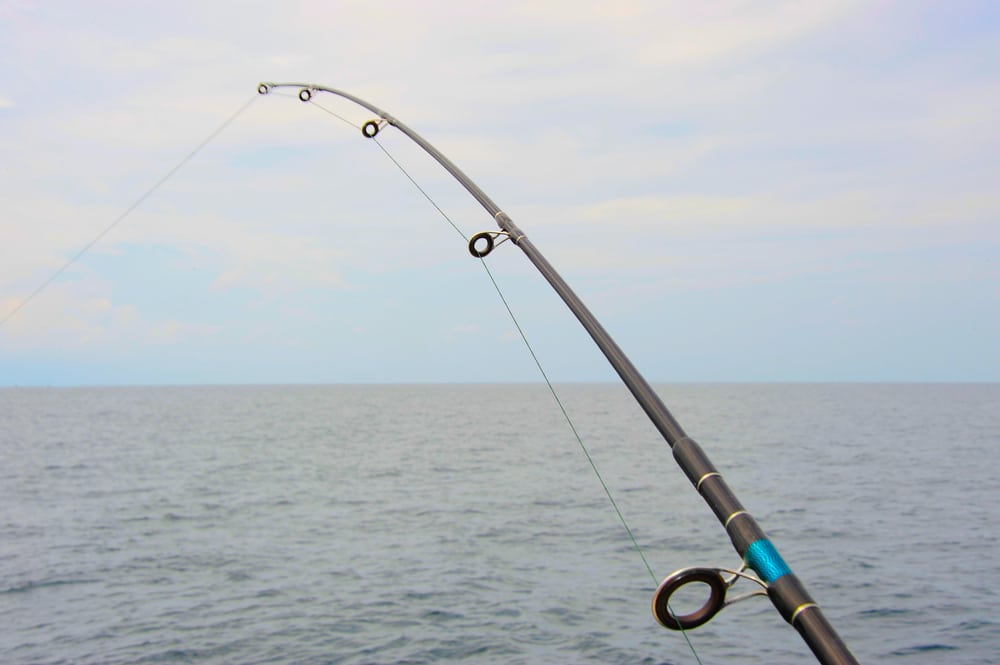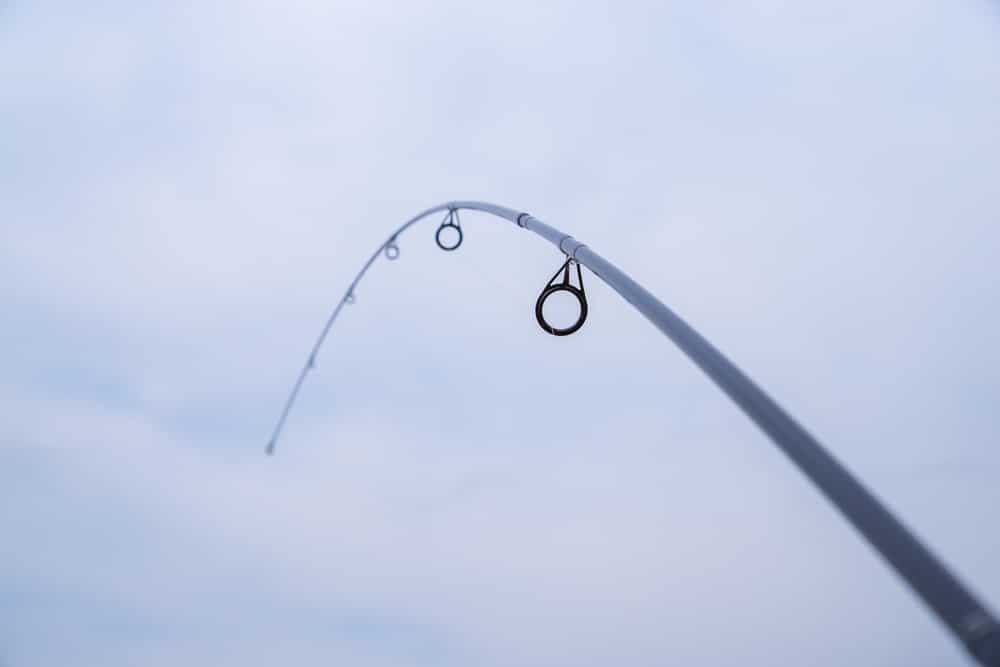Contents
What to Do About a Bent Rod?
You can try to straighten a graphite rod blank by applying pressure.
A fiberglass rod blank must be returned to the manufacturer or to a repair shop (very hard to find.)
Fiberglass is a much harder substance and requires special machines and heat to recover the straightness of the rod.
Personally, once a rod loses its integrity, I never feel comfortable with the strength of the rod.
If one of my fishing rods should become bent, I replace it. On longer rods, if the tip is bent, you can cut off the tip and rework the rod.
That means removing the eye guides too and reattaching them with proper spacing.
A new tip guard with an eye is not hard to find. You may need special adhesives to replace the eye guides.

What Is the Purpose of A Bent Butt Rod?
A bent butt rod has only one benefit and that is to adjust the angle of the rod tip when the fishing rod is placed in a rod holder.
The angle of the rod is very important in keeping the drag and tension incorrect ranges.
By employing a bent but rod handle, the tip of the rod can remain at the best angle so that the line angle remains in place where the drag will work efficiently.

Can You Fix a Bent Fishing Rod? How Do Fix a Bent Fishing Rod?
You can sometimes fix a bent fishing rod. If the rod is graphite you need to apply a lot of pressure where the bend occurs.
You have to be careful not to fracture the graphite.
For fiberglass blanks, heat and pressure need to be applied using a special machine to straighten out the rod.
It is much easier to have the manufacturer use a rod straightening machine to remove the bend in a fishing rod. These machines are applicable to both graphite and fiberglass rods.
Both graphite and fiberglass can be delicate, though fiberglass holds up to pressure more so than does graphite.
You have to be very careful not to fracture the blank. If the blank fractures, it is not repairable.
Are Fishing Rods Supposed to Bend?
Fishing rods are designed to bend but not to stay bent.
The action of a fishing rod tells us where along the rod blank the pole will bend when placed underweight – such as having a fish on the line.
For example a fishing rod with fast or ultra-fast action bends only at the tip.
It also should snap back to a straight position quickly.
When the rod does not snap back to a straight position, it should be repaired so that the bend is removed.
A bent rod changes the angle of the fishing line as it enters the water and can cause the line to be overly sensitive to weight.
Without the correct angle of the line in the water, the line can snap underweight.
Which Way Should a Fishing Rod Bend?
Under normal fishing conditions, the rod should bend down but during casting the rod’s tip may bend backwards and then forwards.
Because the rod blanks are flexible, the rod can bend forward, backward, or side-to side.
The real concern is that after the rod bends that it returns to its original straight-line status.
If the fishing rod does not return to a straight position, it can impact line strength, and you may lose more fish due to snapped lines
A fishing rod with lighter action will bend in all directions, but it is important to keep the bend front to back while casting, and forward while fishing.
If the line is snagged on something you don’t want the rod to bend to break the line, you want to straighten out the rod by lowing the tip and gently pulling back until the line snaps.
It will most likely be the leader that snaps unless the fishing line is old.
What Is a 2 Butt Fishing Rod?
A two butt fishing rod is simply a rod that comes apart into two segments.
Instead of the sections coming apart in the middle, a 2 butt fishing rod comes apart near the real seat. You end up with a long segment and a shorter segment.
The purpose of a 2 butt fishing rod is to allow more bend in the upper part while providing the butt-end section with greater strength and durability.
These are generally poles that we fish when deep-sea fishing and when the rod remains in a rod holder until after the hookset.
You can imagine the force that is placed on a rod while you are trolling for big targets and a tuna or marlin hits the bait.
The force is translated into rod bend and the 2 butt fishing rod can handle that force better than a rod that bends in the middle.
The strong butt of a 2 butt fishing rod also means that it is easier to handle while battling big fish.
The application can be in freshwater, such as targeting big King Salmon in Alaska or from a boat.







